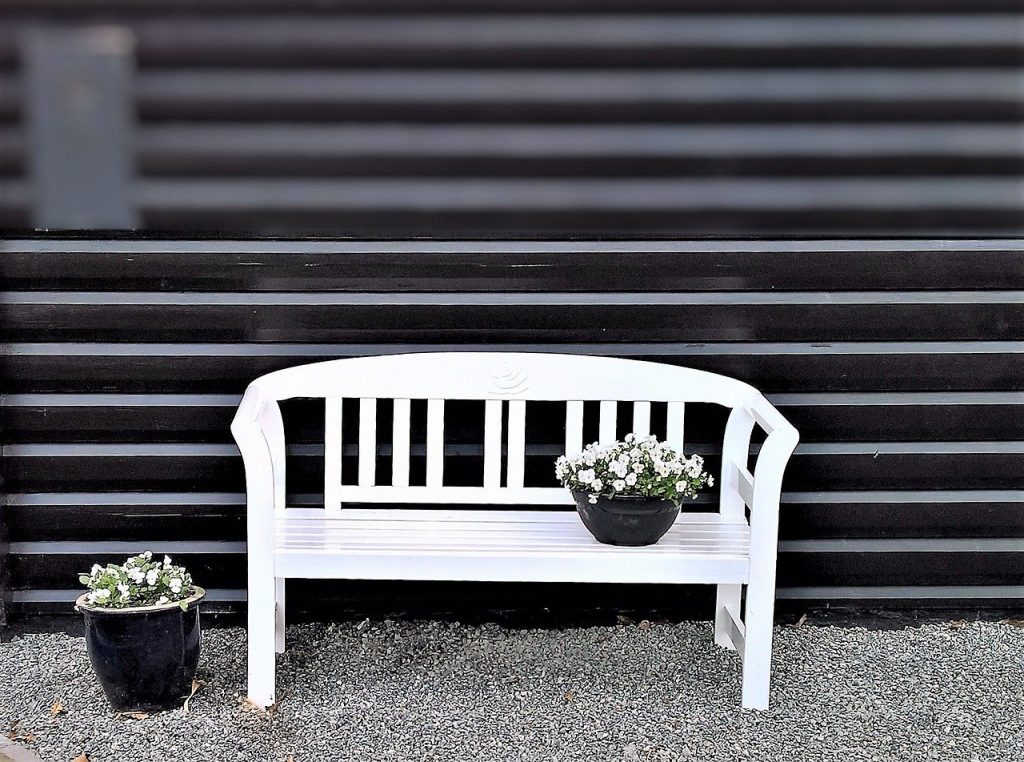After you have installed unfinished hardwood or flooring or you have sanded off the finish for the existing flooring, you need to choose a wood finish and suitable remover in place. You can aim to spread two or three coats of polyurethane or varnish or a deep penetrating oil. You can use either one; both add protection. What you choose will affect the appearance of your floor, which should be based on how you plan to live on it.
An oil finish
Most oil finishes are used with tung oil. Tung oil is a deeply penetrating oil that sinks into the grain and starts to harden there, so the wood is protected from inside. Decking oil does lack the gloss that comes in varnish. An oil finish will give the surface a very rich patina that suits exotic hardwood or antique wood. Oil won’t peel or crack the way plastic coatings can. Oil finishing won’t prevent damage as good as varnish will, but with oil, the damage is easier to fix. You need to lightly sand without needing to remove the finish first. Once done, you can apply another coat of oil and blend the repair to match the rest of the flooring.
Varnish Advantages
Polyurethane and varnish will protect the wood because it stays on the surface. A varnish finish is durable enough to handle impacts and spills. Varnish works by filling the wood pores, which will also prevent dust collection, so it is easier to clean the surface. If you get a high-quality finish, then you can expect it to last for over ten years. Once the floor has been finished, you shouldn’t need to worry about it for at least that length of time. To keep the fresh shine up, it is recommended to recoat every two years.

Application Procedures
Applying oil to your floor isn’t any harder than applying a stain. You just need to brush the material on with a paintbrush and then wipe it off with a clean rag after waiting around ten minutes to allow penetration. Varnish, on the other hand, is more difficult. You use a paintbrush for small wood and a floor applicator if you are doing floors. You want to avoid leaving any streaks. You will need several coats, and each coat will need a light sanding afterwards or the floor buffer if doing the hardwood floor. Depending what the wood item is used for, you may need several coats.
Considerations
If you are installing new flooring, you want to try and preserve the original appearance of the wood for as long as you can. You will appreciate the protection that varnish will give you. If you prefer the old, rustic look, then you will prefer having the natural appearance of oil. If you have sanded the floor and you believe it wouldn’t handle anymore sanding, especially if the floor is worn, then stick to oil. This will allow you to recoat every so often without needing to sand and stress the floor more, helping to extend the life of your flooring.
It all comes down to your personal choice and what you are using the item for. If you are not sure which you like best, get some scrap wood and try both and see which finish you prefer.
